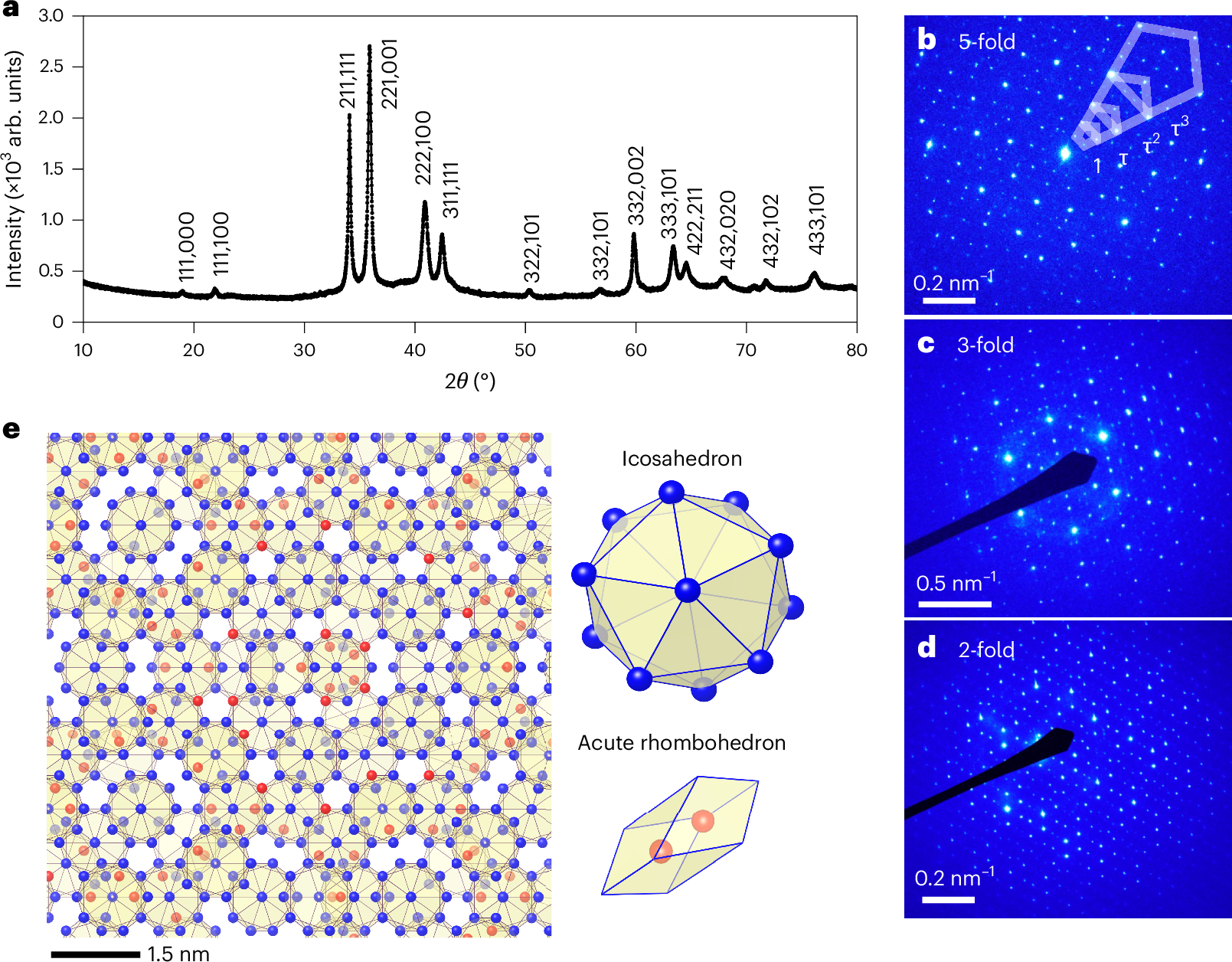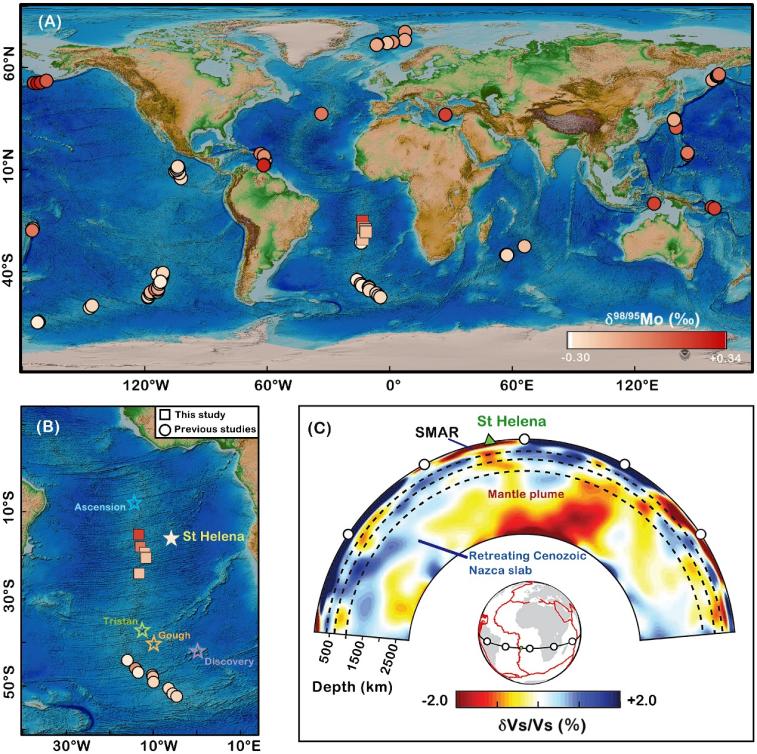2025-04-14 中国科学院(CAS)
<関連情報>
- https://english.cas.cn/newsroom/research_news/phys/202504/t20250414_1041205.shtml
- https://www.science.org/doi/10.1126/sciadv.adu1996
磁性マルチシェル金ナノ粒子の最内殻原子を除去することで、CO2からCO2へのほぼ単一変換が可能になる Remove the innermost atom of a magnetic multi-shell gold nanoparticle for near-unity conversion of CO2 to CO
Guoqing Bian, Dong Chen, Yuping Chen, Wei Zhang, […], and Zhikun Wu
Science Advances Published:9 Apr 2025
DOI:https://doi.org/10.1126/sciadv.adu1996

Abstract
Few reports on paramagnetic metal nanoparticles with atomic precision and their difficult tailoring retard the insightful investigation of metal nanoparticle paramagnetism. Herein, we introduced a thiol-iodine mixture ligand–protecting strategy to successfully synthesize multi-shell paramagnetic [Au127I4(TBBT)48 (I: iodine, TBBT: 4-tert-butylphenylthiolate)]. The innermost Au atom was successfully removed via thiol induction without altering the structure framework to produce diamagnetic Au126I4(TBBT)48 with local ligand arrangement changed (butterfly effect), which could be further transformed into paramagnetic [Au126I4(TBBT)48]+ via hydrogen peroxide oxidation. The spin populations of both paramagnetic nanoparticles are more densely distributed on surface iodine than sulfur. Diamagnetic Au126I4(TBBT)48 exhibited a Faradaic efficiency of ~100% at −0.57 volt during the electrocatalytic reduction of carbon dioxide to carbon monoxide, while paramagnetic Au127I4(TBBT)48 and [Au126I4(TBBT)48]+ exhibited the maximum Faradaic efficiency of 87% at −0.67 volt and 90% at −0.57 volt, respectively, indicating the spin-catalytic activity correlation.



